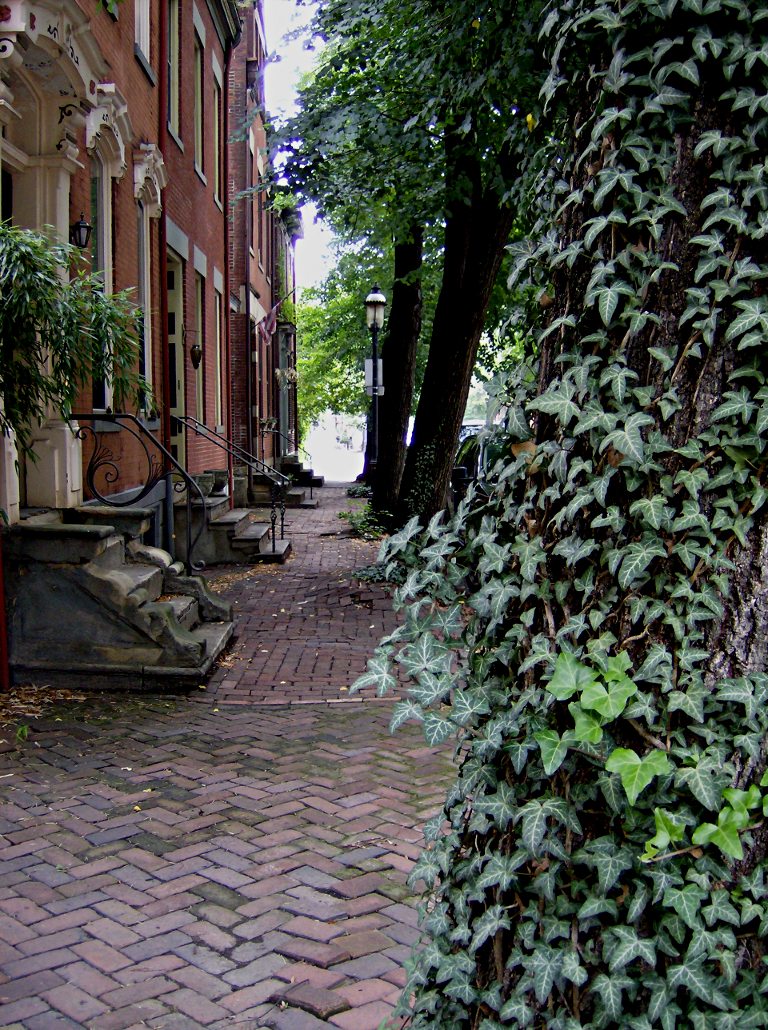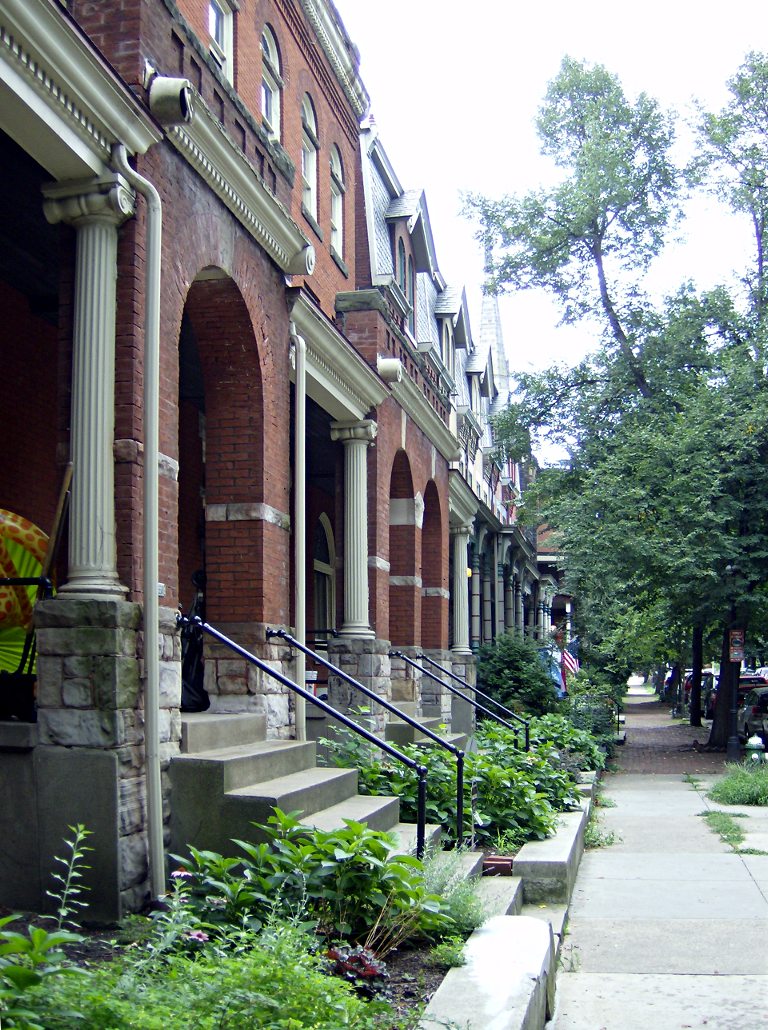
In the late nineteenth century Pittsburgh had a thriving publishing industry, nourishing some writers who would make names in the world. Mr. William J. Kountz, Jr., might well have become one of America’s most popular humorists, except that he died at the age of not quite thirty-two, having written only enough to fill a little book of less than a hundred pages.
But that little book of Billy Baxter’s Letters went everywhere. It was distributed as a promotion by the Duquesne Distributing Company of Harmarville, a maker of liver tonics, or what Pittsburghers today would call “pop.” Father Pitt himself has two copies, and Project Gutenberg has helpfully digitized the book here:
Billy Baxter’s Letters (Project Gutenberg)
A good scanned copy of the book can also be found at Google Books:
Billy Baxter’s Letters (Google Books)
The sketches are in the form of letters from “Billy Baxter” of Pittsburg (so spelled in those days) to his friend Jim. Mr. Baxter writes about the ordinary things that might happen to a Pittsburgh gentleman of 1899, such as getting drunk and spending a good deal of money:
Yesterday at 2:30 I had a hundred and ten dollars; this morning I’m there with a dollar eighty, and that’s the draw out of a two-dollar touch. If there is any truth in the old saying that money talks, I am certainly deaf and dumb to-day. Besides I have a card in my pocket which says I’ve opened up a running account of thirty-two forty at George’s place. I wonder if this George is on the level, because I’ll swear I don’t think I was in there at all. I’ll bet he stuck the forty on anyway. You know me, Jim; I am one of those bright people who tries to keep up with a lot of guys who have nothing to do but blow their coin. I stood around yesterday and looked wise, and licked up about four high-balls; then I kind of stretched. Whenever I give one of those little stretches and swell up a bit that’s a sign I am commencing to get wealthy. I switched over and took a couple of gin fizzes, and then it hit me I was richer than Jay Gould ever was; I had the Rothschilds backed clear off the board; and I made William H. Vanderbilt look like a hundred-to-one shot. You understand, Jim, this was yesterday.
Looking at the Google Books version, Father Pitt turned up a strange anomaly. Several good illustrations are included in the book, all in the same style. Here’s one:

This is from the Google Books copy. Father Pitt’s copy has this illustration:

Why a new illustration? All the others are the same in both editions. In fact the only other difference is that Father Pitt’s copy has a letter, missing in the Google Books copy , from Admiral Dewey, thanking the publishers for the book, along with this notice:
We also sent a copy to His Royal Highness, Albert, Prince of Wales, and, having heard nothing from him, it now looks as though Al were going to snub us. Under the circumstances, when he runs for King we can’t be for him.
The change in illustrations is a mystery; both are good, and there was no reason to abandon one for the other. The only explanation Father Pitt can come up with is that perhaps the original plate was damaged, and the original artist was not available to replace it.













